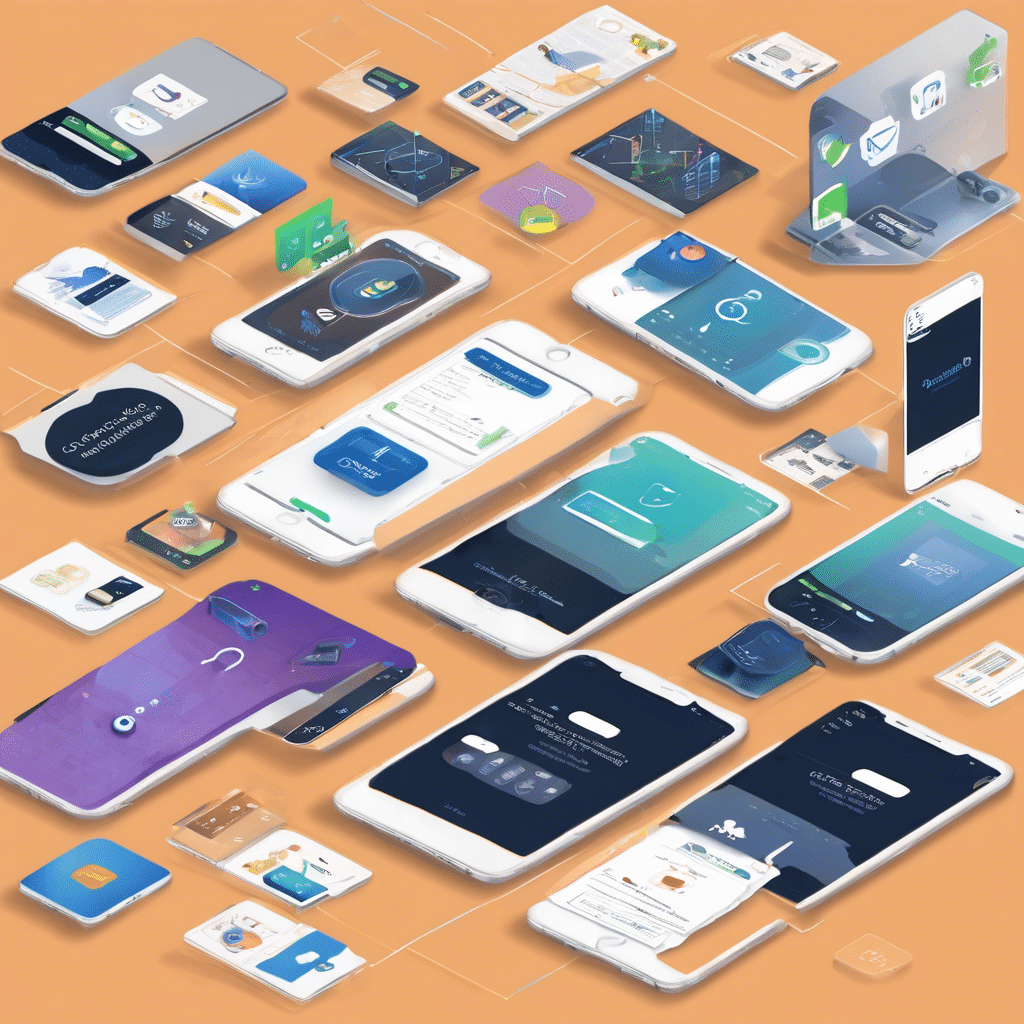Two Distinct AR Markets
Augmented reality has evolved along two parallel but distinct paths: enterprise and consumer applications. While the underlying technology may be similar, the implementation approaches couldn’t be more different.
Enterprise AR is growing remarkably, with companies investing in solutions that solve specific business problems and deliver measurable returns. Meanwhile, consumer AR continues to evolve through mobile experiences, with the promise of mainstream AR glasses still on the horizon.
Understanding these different audiences isn’t just academic; it fundamentally shapes every aspect of AR development. From hardware requirements to user experience design, successful AR solutions must be tailored to their intended market.
The numbers tell an interesting story: enterprise AR headset shipments are growing at 57% annually, while consumer adoption remains primarily smartphone-based. This split reflects the different stages of market maturity and each sector’s unique challenges.
Hardware Considerations and Trade-offs
Enterprise AR hardware prioritizes reliability, durability, and precision in environments where failure isn’t an option. Industrial headsets like the Microsoft HoloLens 2 or RealWear Navigator are built to withstand harsh conditions, with features like intrinsic safety certifications for hazardous environments.
Consumer devices, by contrast, face intense pressure to be lightweight, stylish, and affordable. Most consumers aren’t willing to wear bulky headsets, regardless of the experience they provide.
Battery life requirements highlight another key difference. Enterprise users often need devices that last a full shift, while consumer applications can sometimes manage with shorter durations if the experience is compelling enough.
Field of view presents interesting trade-offs in both markets. Enterprise applications often need precise information overlay on specific real-world objects, sometimes making a narrower, more focused field of view acceptable. Consumer expectations tend toward immersive, wide-field experiences that don’t feel constraining.
User Experience Design Differences
Consumer AR experiences live or die based on their entertainment value and immediate intuitive appeal. They must captivate users within seconds and provide ongoing novelty to maintain engagement.
Enterprise applications focus on efficiency, accuracy, and integration into existing workflows. The primary question isn’t “Is this fun?” but rather “Does this solve a problem better than current solutions?”
Onboarding represents another striking contrast. Consumer apps need zero learning curve; if users can’t figure it out immediately, they’ll simply delete the app. Enterprise solutions can justify training time when the productivity payoff is clear.
We’ve found that enterprise interfaces benefit from consistency and predictability, while consumer experiences thrive on surprise and delight. The fundamental difference drives countless design decisions throughout the development process.
Development and Implementation Challenges
Enterprise AR development often requires deep integration with existing business systems, from inventory management to IoT sensor networks. These integrations create powerful solutions but add significant complexity to the development process.
Consumer AR faces a different challenge: platform fragmentation and rapidly evolving frameworks. Developers must balance reaching the widest audience against leveraging the latest capabilities of each platform.
Data security takes center stage in enterprise contexts, where AR applications may access sensitive operational information or intellectual property. Consumer applications also need security, but the risk profile and compliance requirements are typically less stringent.
Deployment scale presents interesting contrasts. Enterprise rollouts involve hundreds or thousands of devices in controlled environments, while consumer applications must work across millions of devices in unpredictable conditions.
The Future Landscape
Despite their differences, we see interesting convergence between enterprise and consumer AR approaches. Enterprise solutions adopt more intuitive interfaces inspired by consumer applications, while consumer AR finds real utility beyond novelty.
The most successful organizations recognize that learning can flow in both directions. Enterprise developers can adopt the engagement techniques that make consumer AR compelling, while consumer applications can implement the reliability and precision of industrial solutions.
At Seisan, we’ve had the privilege of developing AR solutions across this spectrum, from industrial maintenance applications to consumer-facing retail experiences. This cross-sector experience has given us unique insights into how approaches from one market can sometimes solve challenges in the other.
The next few years will transform both markets as hardware evolves and development tools mature. Organizations that understand the distinct requirements of their target users will be positioned to create the most effective AR experiences.
Are you interested in exploring how AR could benefit your organization? Whether you’re focused on enterprise efficiency or consumer engagement, we’d love to discuss your challenges and opportunities.
Contact our team to discuss AR development tailored to your audience.



